
Right whales are gorgeous filter-feeding marine mammals that are famous for their docile temperaments. But recently, it has been discovered that their lifespans are far longer than previously thought. A study published in Science Advances showed that these whales can live for up to 130 years or more.
The Research

Greg Breed from the University of Alaska Fairbanks led the research in which it was discovered that Southern right whales have an average lifespan of about 74 years, with some individuals even reaching 150 years.
A Troubling Contrast
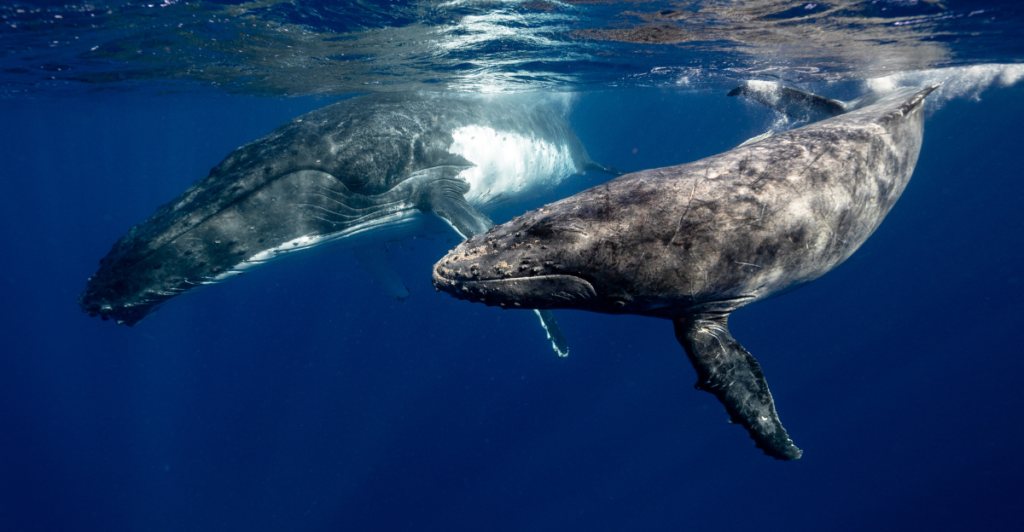
However, the study also found a troubling contrast between Southern right whales and North Atlantic right whales. While Southern right whales are living out their full potential lifespans, North Atlantic right whales are dying much younger, with an average lifespan of only 22 years.
Human-Caused

The drastically shortened lives of North Atlantic right whales are not due to intrinsic biological differences but rather because of human-caused mortality. Unfortunately, these whales face many threats in their natural habitat.
Dangers
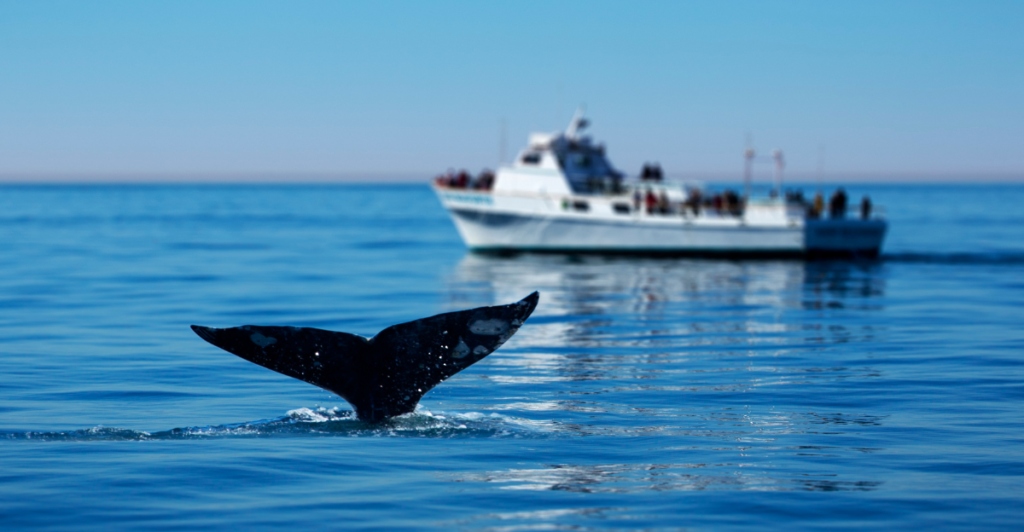
They face constant dangers from collisions with ships, fishing gear entanglements, and habitat disruptions. These dangers prompted NOAA Fisheries to declare an Unusual Mortality Event (UME) in 2017, which is still active.
A Severe Threat
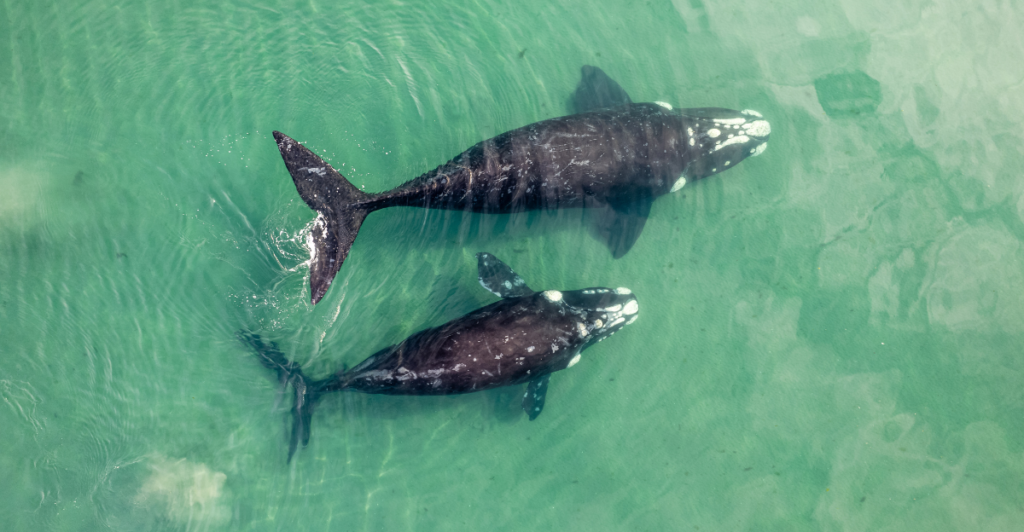
The impact of these threats is severe. With only approximately 370 North Atlantic right whales left, including less than 70 reproductively active females, every individual is extremely important for the species’ survival. Their population has been declining since 2010, with female numbers decreasing faster than males. These creatures are at serious risk of extinction.
Protecting These Creatures
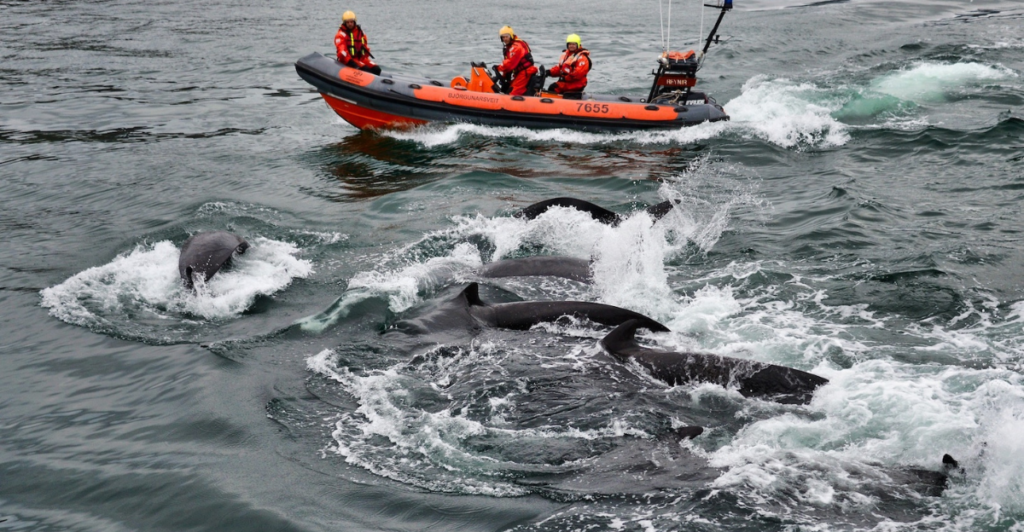
Efforts to protect North Atlantic right whales are underway, but it has proven to be a significant challenge. NOAA Fisheries has selected critical habitat zones for these whales, and they have introduced regulations like mandatory vessel speed limits and adjustments to international shipping routes to protect these stunning creatures. Unfortunately, the effectiveness of these measures is limited by the persistent threats in the whales’ environment.
Reproductive Potential
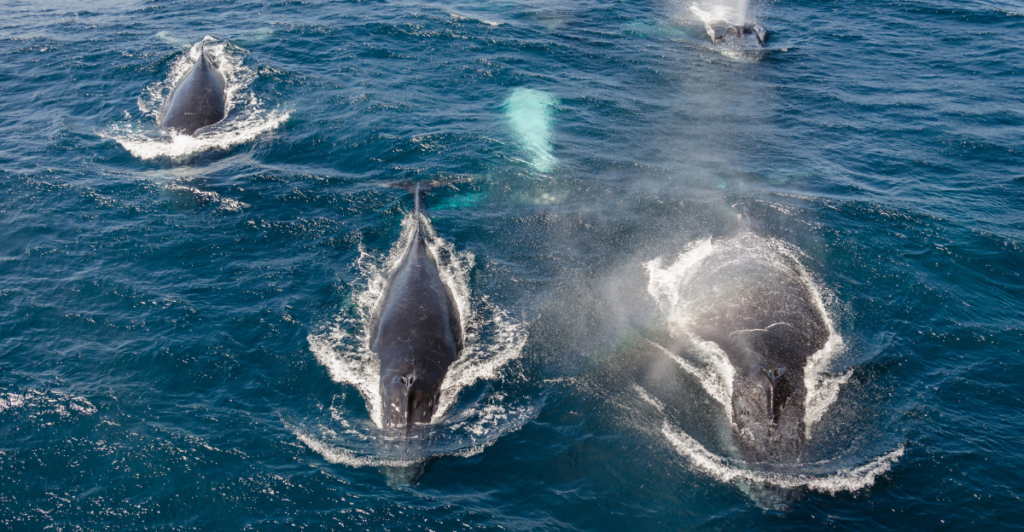
It was also found that the North Atlantic right whale’s reproductive potential is under strain. Females are calving every six to ten years instead of the normal three-year interval. This, along with their high mortality rate, has made population recovery extremely difficult.
Calving Season
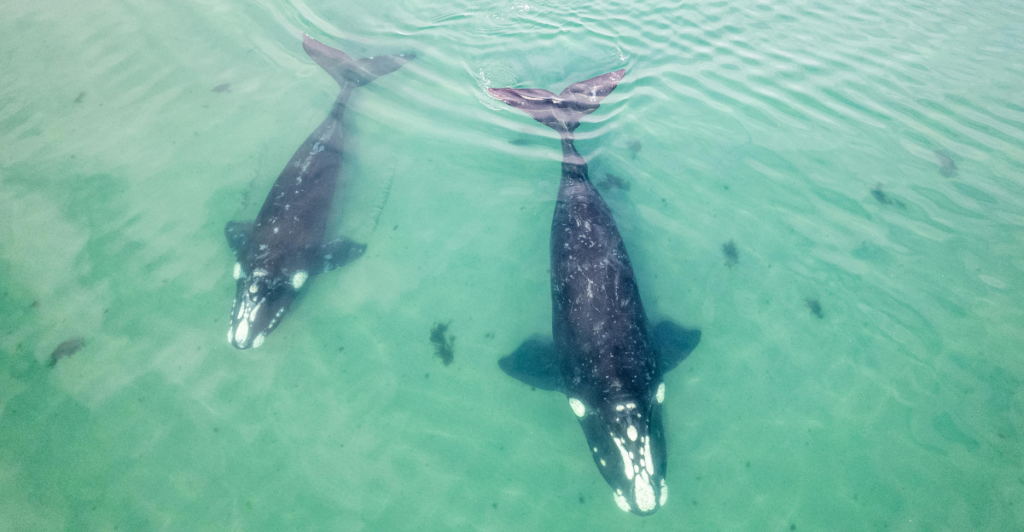
However, recent calving seasons have given researchers some hope, with twenty mother-calf pairs found in 2024. As of early January 2025, five pairs had been spotted in the 2024–2025 season. Unfortunately, fifty or more calves per year are needed for many more years to stop their population’s drastic decline.
An Urgent Need
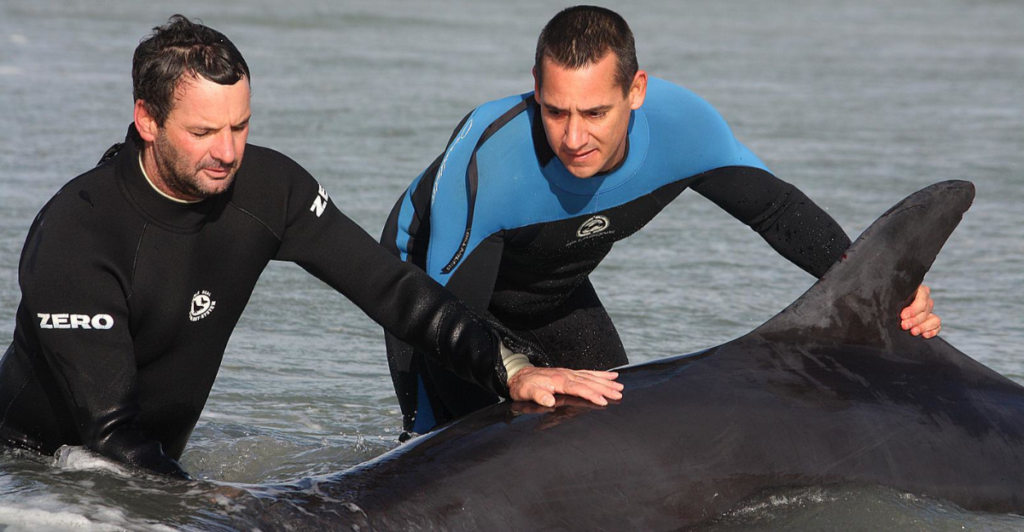
The contrast between the potential longevity of right whales and the reality faced by North Atlantic right whales shows us the urgent need for more effective conservation measures. Researchers say that the only solution is to significantly reduce human-caused mortalities and injuries, as well as stressors on reproduction.
Increasingly Clear
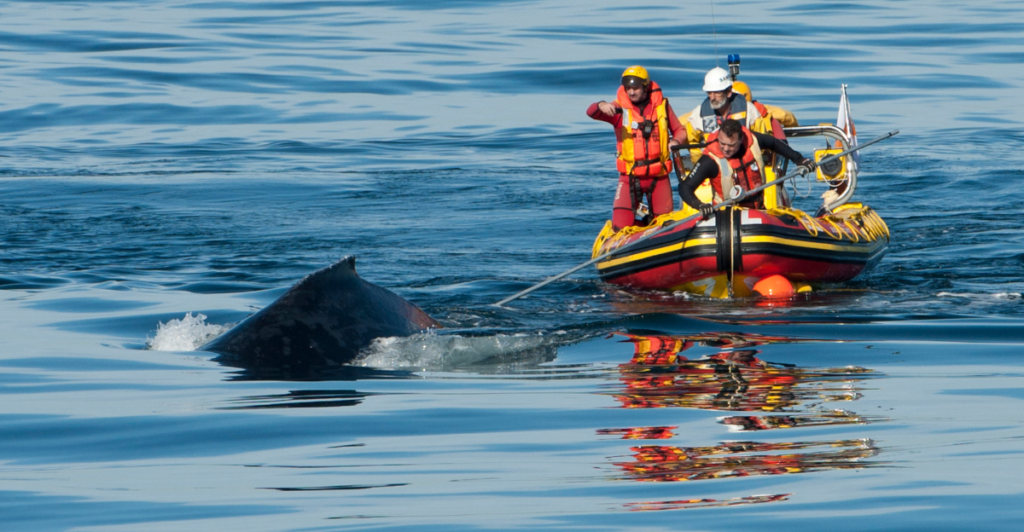
As researchers continue to learn about these magnificent creatures, it becomes increasingly clear that human activities are responsible for their shortened lifespans. The fact that these whales should be living for over a century shows just how important conservation efforts are.
The Impact Of Human Activities

North Atlantic right whales serve as a reminder of the impact of human activities on marine ecosystems. As we move forward, it is extremely important that we find ways to coexist with these magnificent creatures.
Explore more of our trending stories and hit Follow to keep them coming to your feed!

Don’t miss out on more stories like this! Hit the Follow button at the top of this article to stay updated with the latest news. Share your thoughts in the comments—we’d love to hear from you!







